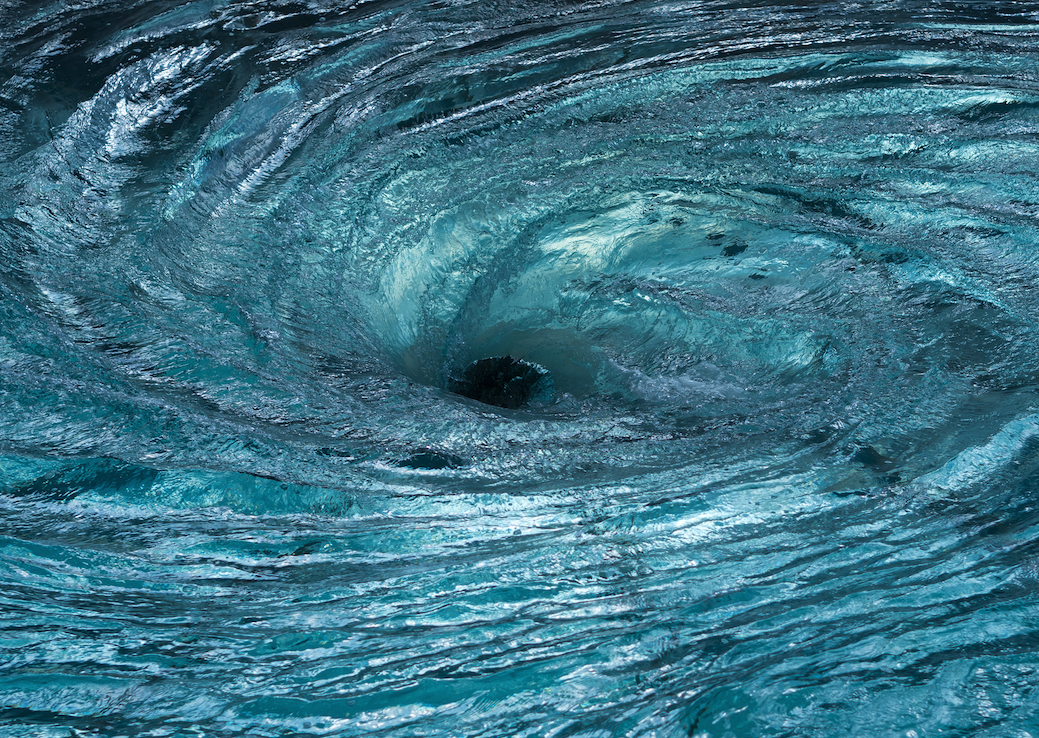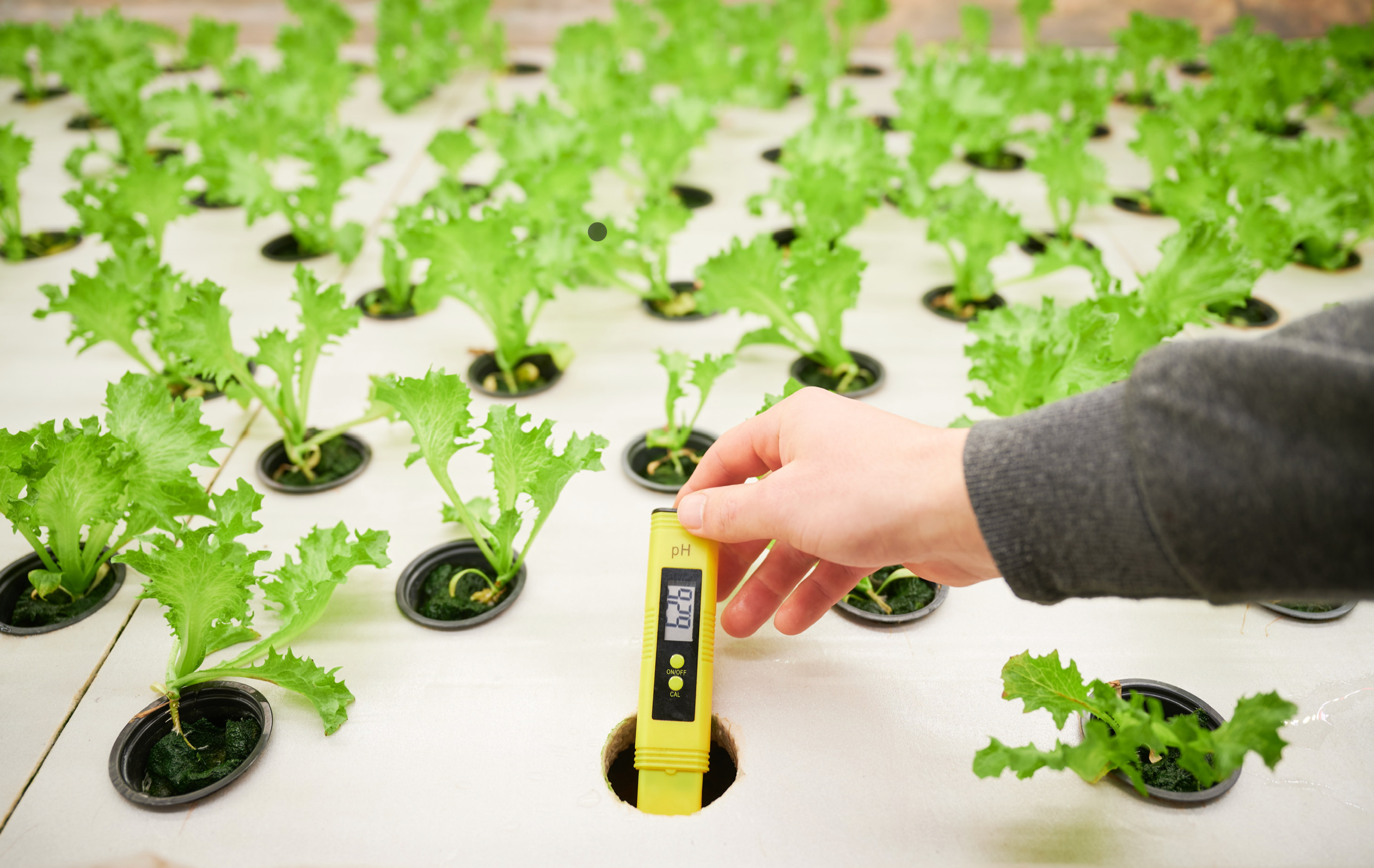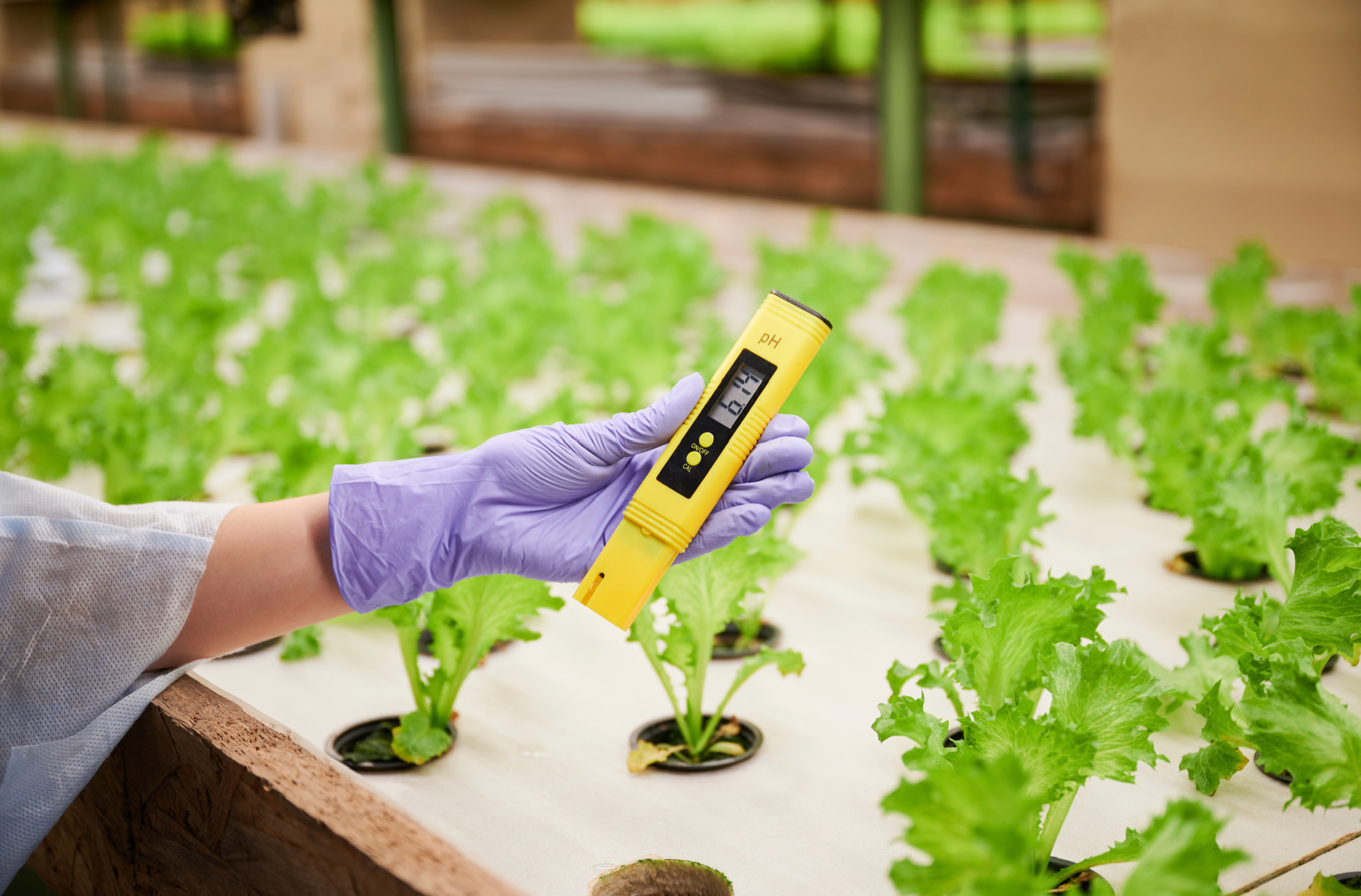HPS Grow Lights for Hydroponics

Why and When Should You Use HPS Grow Lights?
If you’re looking for grow lights for your hydroponic system, you’ve probably come across different types of grow lights, such as fluorescent, LED (light-emitting diode), MH (metal halide), and HPS (high-pressure sodium) grow lights. They all have their own advantages and disadvantages and have different uses. In this article, we’ll take a closer look and HPS grow lights, their advantages and disadvantages, what they are used for, and whether getting HPS grow lights for your hydroponic system might be a worthwhile investment for you.
All grow lights are used to provide light for plants growing indoors, but do all grow lights produce the same light? It may sound like a silly question, but if they did, there wouldn’t be so many different types of grow lights, don’t you think? Different types of grow lights emit different spectrums of light, and plants need different light spectrums at different growth stages. Plants that have just finished sprouting and are now entering the growing or vegging stage need blue/white light, which can be provided by MH or full-spectrum RGB grow lights. During flowering and fruiting stages, plants need more red light, which can be provided by HPS or full-spectrum RGB grow lights. Typically, you would use MH lights when your vegetables and fruits are starting to grow, and you would switch to HPS lights when your plants start flowering. Fluorescent grow lights give off a blue hue, and they are great for starting seeds and the beginning stages of seedlings. They can also be used for growing salad greens and flowers.
As you’ve probably noticed, full-spectrum RGB grow lights are the most versatile. They can produce virtually any spectrum of light and can be used during all growth stages of your plants. They are more expensive than other types of grow lights, however.

HPS grow lights used in conjunction with MH grow lights are a popular choice for many hydroponic growers. While they have a few disadvantages compared to LED grow lights, such as being less energy-efficient, generating more heat, and having a shorter lifespan than LED grow lights, they are still being widely used by many hydroponic growers, mainly because of their affordability. They are significantly cheaper than full-spectrum LED grow lights. Plus, they are not much less energy-efficient when compared to LEDs. LED grow lights can produce anywhere between 37 and 120 lumens per watt, while HPS grow lights can produce between 50 and 160 lumens/watt. On paper, they are even more energy-efficient than LED grow lights; however, their system efficiency is often much lower due to omnidirectional light output and the need to redirect it to a desired area. Despite that, they can be a great economical choice if you’re looking for grow lights for your hydroponic system.
When I was just starting out with hydroponics decades ago, LED grow lights were much more expensive than they are today, and they weren’t a popular choice for the majority of hydroponic growers. I used MH and HPS grow lights for a couple of decades, and they worked perfectly fine. I switched to LED grow lights a few years ago, and while it’s nice to have lower electricity bills and a versatile grow light I can use to grow plants from seed to harvest, I still use MH and HPS grow lights for some of my hydroponic systems. LED grow lights have become more affordable in recent years, but they are still considerably more expensive than MH and HPS grow lights, and it will take some time until the lower energy consumption starts to pay off.
If you’re just starting out with hydroponics and you’re not sure if it’s something you’d like to do in the long run, my advice would be to start off with MH and HPS grow lights. Later on, if you decide that hydroponics suits your lifestyle and that it’s something you’d like to keep on doing, you can switch to LED grow lights.
For more great content check out the Proponics YouTube channel below!

By Max Barnes
Max Barnes is a long-time homesteader and author. Max grows the majority of his own food year-round using a variety of different methods, including hydroponics. Hydroponic gardening plays a huge part in his homestead and self-sufficiency goals.




